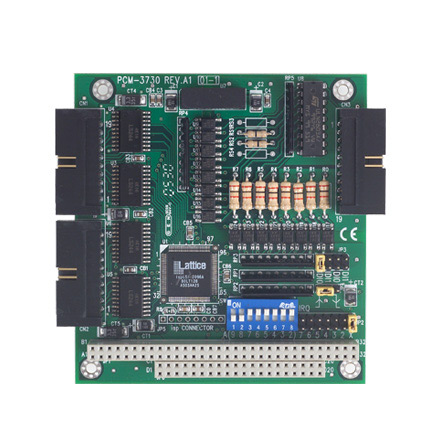

The Allure of Extra Clear Float Glass An Essential Material in Modern Design
Extra clear float glass, often regarded as the epitome of clarity and sophistication, has emerged as a vital material in contemporary architectural and design applications. Unlike standard glass, which can have a greenish tint due to the presence of iron oxide, extra clear float glass is manufactured with a low iron content, resulting in enhanced transparency and a crystal-clear appearance. This remarkable quality allows for an unimpeded view and is particularly valued in environments where aesthetics and visibility are paramount.
One of the primary advantages of extra clear float glass is its ability to maximize natural light. By minimizing color distortion and reflections, this glass allows architects and designers to create spaces that feel more open and airy. The unobtrusive nature of the material makes it a perfect choice for large windows, skylights, and glass walls, transforming indoor spaces into seamless extensions of the outdoors. This feature is particularly appealing in modern homes and commercial buildings, where large expanses of glass are used to bring nature inside and create a sense of connection with the surrounding environment.

In addition to its aesthetic benefits, extra clear float glass is also celebrated for its durability and versatility. It can be used in a variety of applications, including flooring, partitions, shelving, and even furniture. The glass can be tempered or laminated for added strength, making it suitable for high-traffic areas or structures that require enhanced safety standards. This adaptability ensures that extra clear float glass remains a go-to material in various sectors, from residential to commercial and industrial design.
Moreover, the environmental impact of utilizing extra clear float glass should not be overlooked. With increasing awareness of sustainability, many manufacturers are ensuring that their products meet eco-friendly standards. Extra clear float glass is recyclable, and its production process can be optimized to reduce waste and energy consumption. By choosing this material, designers and builders can align their projects with sustainable practices, further enhancing the appeal of extra clear float glass in modern construction.
In conclusion, extra clear float glass stands as a testament to the harmonious blend of beauty, functionality, and sustainability in design. Its unparalleled clarity and versatility make it an enduring choice for architects and designers aiming to create striking, light-filled spaces. As the construction and design industries continue to evolve, this remarkable material is poised to play a pivotal role in shaping the environments of tomorrow, offering an enticing glimpse into the future of architectural design. Embracing the potential of extra clear float glass is not just about aesthetic choices; it is about forging a path toward innovative and sustainable building practices.